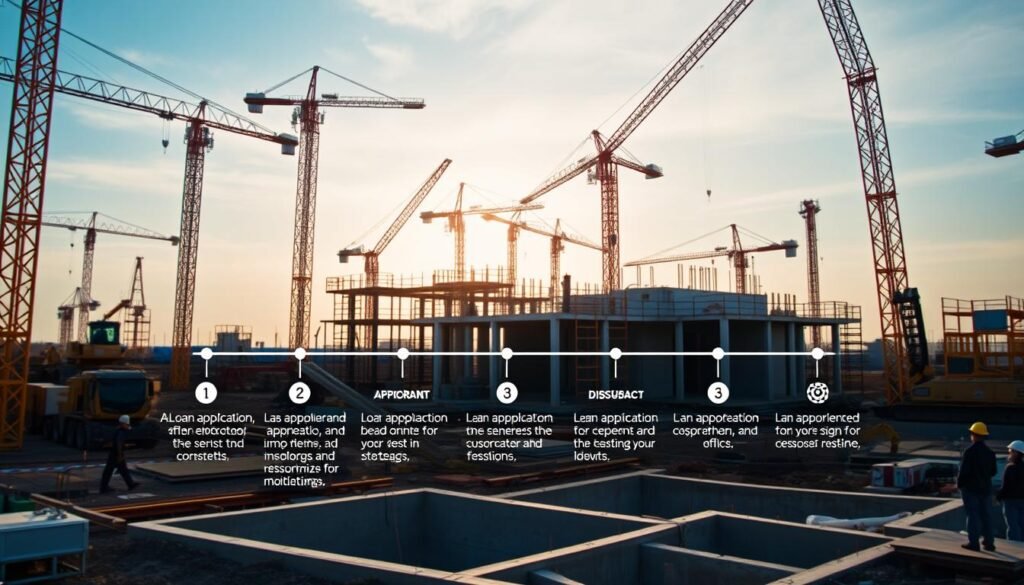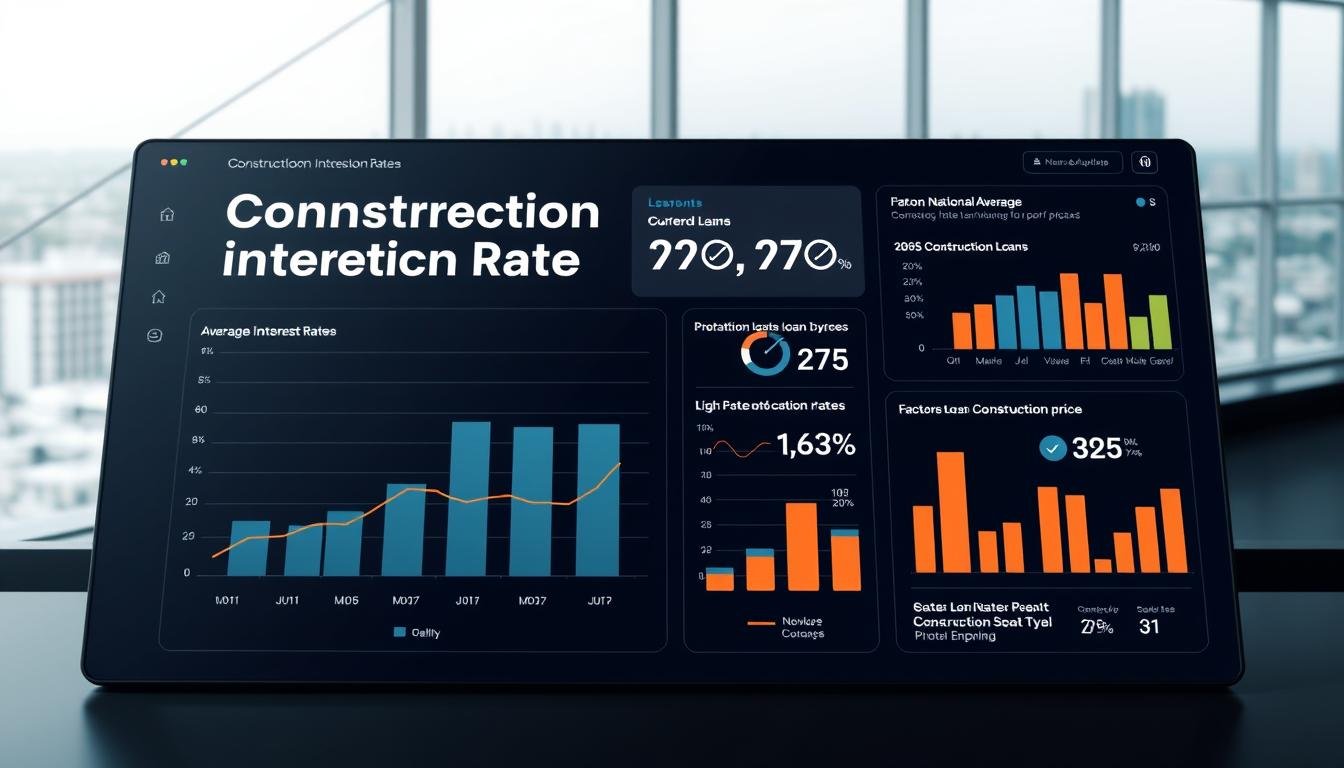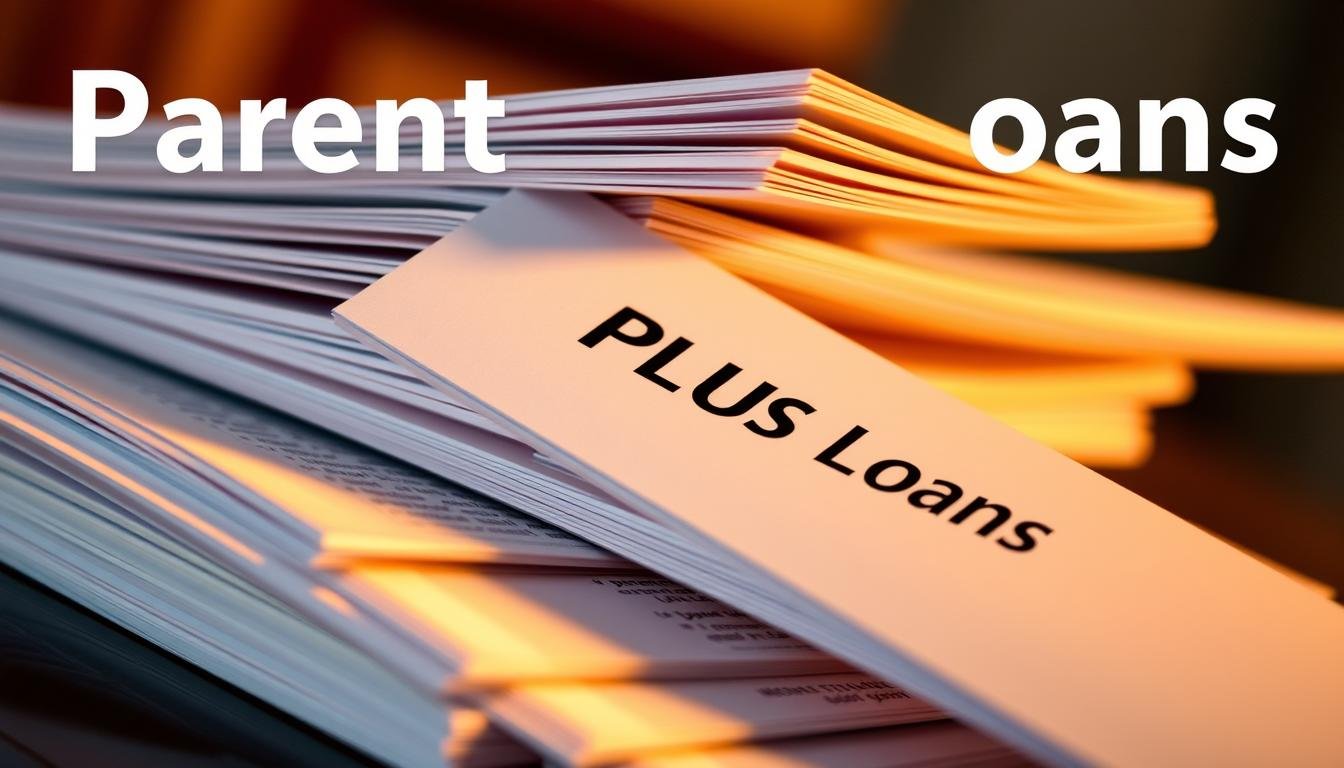Building your dream home starts with smart planning—and that includes understanding how financing works. Unlike traditional mortgages, these specialized loans operate in two phases. During the building stage, you’ll typically make interest-only payments based on the amount disbursed to your builder. Once construction wraps up, the loan converts to a permanent mortgage with standard principal-and-interest payments.
Why does this matter? Fluctuating rates and deadlines like rate lock expirations can impact your budget. For example, SCCU structures disbursements after inspections, while USU Credit Union charges fees for each fund release. If delays push your project past the rate lock period, you might face higher costs later.
Timing is everything. Market shifts could mean pricier terms mid-project, and lenders often require detailed plans before approving funds. Asking questions early helps avoid surprises at closing. Let’s break down how these factors shape your financial journey.
Key Takeaways
- Specialized financing has two phases: interest-only payments during building and a permanent mortgage afterward.
- Rate locks may expire if construction timelines extend, potentially increasing costs.
- Lenders like SCCU release funds in stages after inspections, ensuring project progress.
- Inspection or disbursement fees (common at institutions like USU) add to overall expenses.
- Market changes during construction can affect final mortgage terms.
Understanding Construction Loan Interest Rates
Financing a custom-built property requires grasping how specialized financing works. Unlike standard mortgages, these arrangements have unique cost structures tied to your project’s timeline. Lenders assess your credit score, project scope, and market trends to determine your terms.
Definition and Importance in Home Building
The cost percentage applied during your building phase directly impacts your budget. For example, U.S. Bank structures initial payments based only on released funds—not the full loan value. This approach keeps early costs manageable while work progresses.
Interest-Only Construction Phase Explained
During construction, you’ll pay charges solely on the amount disbursed to your contractor. SCCU typically releases funds in stages after inspections, aligning with project milestones. Once the home is move-in ready, the arrangement automatically converts to a traditional mortgage with combined principal and interest payments.
Your credit history and market shifts influence final terms. A 720+ credit score often secures better deals, while economic changes mid-project might adjust your long-term costs. Asking detailed questions about disbursement schedules helps avoid surprises later.
Loan Options and Construction Loan Variants
How do you choose the right path to finance your dream home? Lenders offer distinct plans tailored to different needs. Let’s explore the most common structures and their unique benefits.
One-Time Close Construction Loans
This option merges building and long-term financing into a single agreement. For example, USU Credit Union offers these with low origination fees (1.2%) and rate lock flexibility. Borrowers avoid double closing costs, saving up to $5,000 compared to traditional setups. Funds release in phases tied to inspections, ensuring your contractor meets milestones.
Two-Time Close Construction Loans
Here, you secure separate short-term and permanent mortgages. U.S. Bank provides initial float-down options during the building phase, allowing rate adjustments if market conditions improve. While upfront fees are higher, this suits those wanting different lenders for each phase or exploring refinancing later.
Construction-to-Permanent and Lot Loans Overview
A construction-to-permanent plan automatically converts to a standard mortgage once your home is move-in ready. This eliminates requalification hassles. Lot loans, however, focus solely on land purchases. They often require a 20% down payment and transition into full financing once building begins.
| Feature | One-Time Close | Two-Time Close |
|---|---|---|
| Closing Process | Single approval | Separate approvals |
| Fees | $3,500 (USU avg.) | $6,200 (U.S. Bank avg.) |
| Rate Flexibility | Float-down available | Fixed initial rate |
Builders typically coordinate with lenders to align fund releases with project stages. Ask about inspection schedules and documentation needs early to keep your dream home on track.
Navigating the Construction Loan Process
Navigating the path to your dream home requires mastering three critical steps: preparation, paperwork, and partnership. Lenders like SCCU and U.S. Bank emphasize tight timelines—missing deadlines could delay fund releases or increase fees.

Pre-Approval and Paperwork Essentials
Start by gathering tax returns, blueprints, and contractor bids. SCCU requires 45 days for pre-approval, while U.S. Bank asks for a 20% down payment verification. “Approval hinges on detailed cost estimates,” notes a U.S. Bank underwriter. “Vague plans often lead to funding gaps.”
Create a checklist: • Signed contract with licensed builder • Itemized budget breakdown • Property survey and permits • Proof of land ownership
Milestone-Based Fund Releases
Lenders disburse money in stages tied to progress. After pouring the foundation? Expect 15% of your total amount. Post-roof installation? Another 25%. Each phase requires third-party inspections—SCCU charges $150 per review.
| Stage | SCCU Release | U.S. Bank Release |
|---|---|---|
| Foundation | 15% | 12% |
| Framing | 25% | 30% |
| Final Walkthrough | 10% | 8% |
Coordinate weekly updates with your contractor. Delays in submitting lien waivers or change orders can freeze payments for 30+ days. Build buffer time into your schedule to avoid domino-effect setbacks.
Construction Loan Interest Rates: Key Considerations
Securing the best terms for your custom home involves more than comparing percentages. Three elements often determine long-term affordability: lender criteria, market shifts, and strategic planning.

Factors Influencing Your Rate
Lenders weigh your credit history, project complexity, and economic trends. A 720+ credit score might secure a 6.5% rate versus 8% for lower scores. Detailed blueprints and contractor reputations also matter—vague plans often mean higher charges.
Rate Lock, Extensions, and Changing Market Conditions
SCCU locks rates for 12 months. If delays push your timeline beyond that, extensions cost 0.25% of the total amount. U.S. Bank offers float-down options if market percentages drop mid-project. “Always build a 3-month buffer,” advises a SCCU specialist. “Unexpected delays add up fast.”
Impact on Monthly Payments and Overall Costs
A 1% rate hike could raise monthly payments by $200 on a $400,000 project. Delays might also increase closing costs if new appraisals or permits are needed. Convert to permanent financing early to lock stable terms before market swings.
Monitor economic reports quarterly and ask lenders about conversion flexibility. Choosing a one-time close option often minimizes exposure to shifting percentages.
Conclusion
Creating your ideal living space demands financial clarity. Whether choosing a one-time close plan with USU Credit Union’s streamlined process or U.S. Bank’s adjustable-rate options, aligning your strategy with project needs prevents budget surprises. Each phase—from initial payments during building to final mortgage terms—requires careful planning.
Owner-builders benefit from flexible disbursement schedules, while contractor-led projects thrive with milestone-based releases. Market shifts mid-project? Institutions like SCCU offer rate lock extensions (0.25% fee) to protect against spikes. Always verify your builder’s credentials and maintain open communication with lenders.
Ready to move forward? Compare financing solutions tailored to your timeline and credit profile. Schedule consultations with multiple providers to explore competitive offers. Your dream home awaits—equip yourself with knowledge, ask detailed questions, and build confidently.






